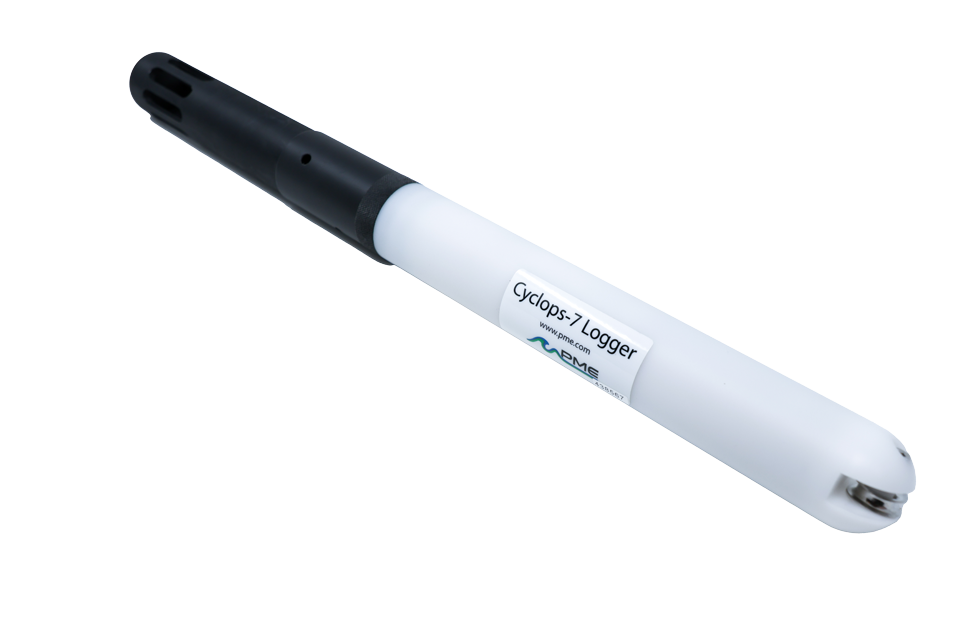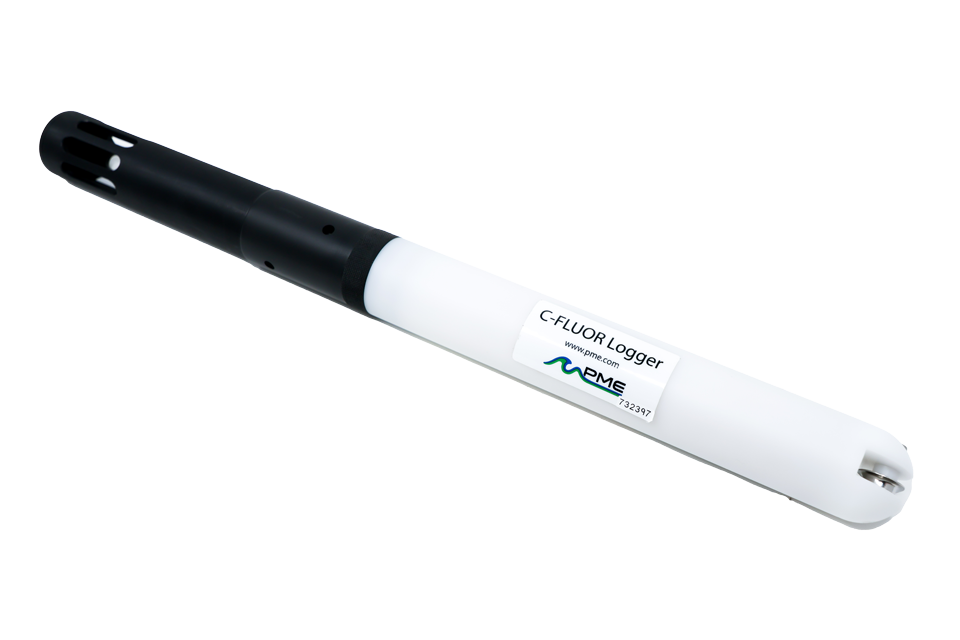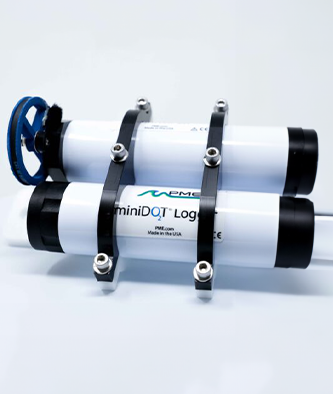Water Quality Parameters
Turbidity
What is Turbidity in Water?
Turbidity, also known as the clarity of water, changes depending on the number of suspended particles present in a body of water. Turbidity, an optical characteristic of water, is a measurement of the amount of light that is scattered by material in the water when a light is shone through the water sample. High turbidity water contains a high quantity of suspended particles. These particles scatter light, which makes the water look murky or opaque. Therefore, high turbidity water tends to be greenish or brown in color. Conversely, low turbidity water contains a small quantity of suspended particles and therefore appears clearer. While turbidity is not the only indicator of water quality, measuring turbidity is part of assessing overall quality. Understanding turbidity also enhances our understanding of the nature of a given environment and its aquatic life.
How Is Turbidity Measured in Water?
Turbidity in water is measured in nephelometric turbidity units (NTUs). The World Health Organization specifies that drinking water can range anywhere from 0-5 NTUs, but many countries specify 1 NTU as the upper limit for drinking water. Highly turbid bodies of water can measure upwards of 100 NTUs and be unsafe to aquatic life. It is important to note, however, that low NTUs do not necessarily translate to water’s cleanliness as it does not account for discoloration, nor does it reflect particle sizes. By implementing reliable turbidity measuring and tracking devices, researchers can gain greater insights into the bodies of water they study.
How Do Turbidity Levels Change and What is the Effect of Turbidity?
Turbidity is a measurement of water clarity, but what causes the variations in clarity? Ultimately clarity is determined by the interaction of two factors: the suspended particles found within the water and the movement or flow of the water itself. Floating sediments, organic or inorganic matter, clay, algae, sewage, silt, plankton and other microscopic organisms are some common substances found in highly turbid water. When water is subject to increased movement or high flow rates turbidity can increase as materials are stirred up. This is why stormwater runoff often generates highly turbid water.
It is important to measure turbidity as it can reflect the health of an ecosystem. Water turbidity can be indicative of water pollution and impact factors like dissolved oxygen, temperature and photosynthesis. Higher turbidity has also been shown to affect aquatic life behavior. Turbidity can impact behaviors ranging from migration patterns to interactions, reproduction and death. By fully understanding the effect of turbidity, researchers may better protect our environment and aquatic ecosystems across the globe.
Products Measuring Turbidity

Fixed Cyclops-7

Interchangeable Cyclops-7

Interchangeable C-FLUOR





